ENCAUSTIC & COLD WAX
An Ancient to Contemporary Use of Wax in Art
INCLUDED ARTISTS:
Elizabeth Bogard
Cara Hines
JL Jergins
April Rifenburgh
Patty Rae Wellborn
Encaustic means "to burn in" or mix pigments with hot liquid wax. The consistency of an encaustic painting can be changed by adding resin or oil to the wax.
Although technically difficult to master, encaustic painting is gaining popularity with contemporary artists for its dimensional quality and luminous color. Because the encaustic method uses heat at all stages, it requires good ventilation and safety precautions. To sidestep this, many artists are using the cold wax medium, which decreases drying time, increases the paint’s workability, and closely resembles the encaustic look.
Ancient Egypt—3011 B.C. to 332 B.C.—produced the Fayum Basin funeral portraits, the earliest and best known of all encaustic artworks. These realistic facial portraits were attached to thin wooden panels that covered the faces of mummified bodies. Later, the Greeks used hot wax to caulk ship hulls, which gave rise to decorating warships with molten, pigmented wax. Encaustic continued to be used during the Byzantine Empire, almost exclusively with religious expression, until the capture of Constantinople by the Turks in 1453.
In the 20th century, electricity and modern tools made the encaustic process much more accessible. Mexican muralist Diego Rivera began using encaustic in the 1920s. The pioneering modernist Arthur Dove used a wide range of media including wax emulsion and encaustic in the 1940s.
The most famous contemporary encaustic painter is American Jasper Johns. Johns forged a new path for contemporary encaustic painting in the 1950s with his flag paintings. TheFlag series illustrates Johns’ early technique of painting with thick, dripping encaustic over a collage made from found materials.




